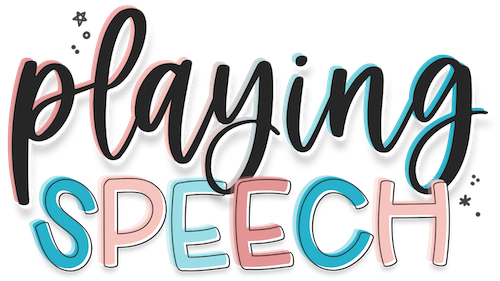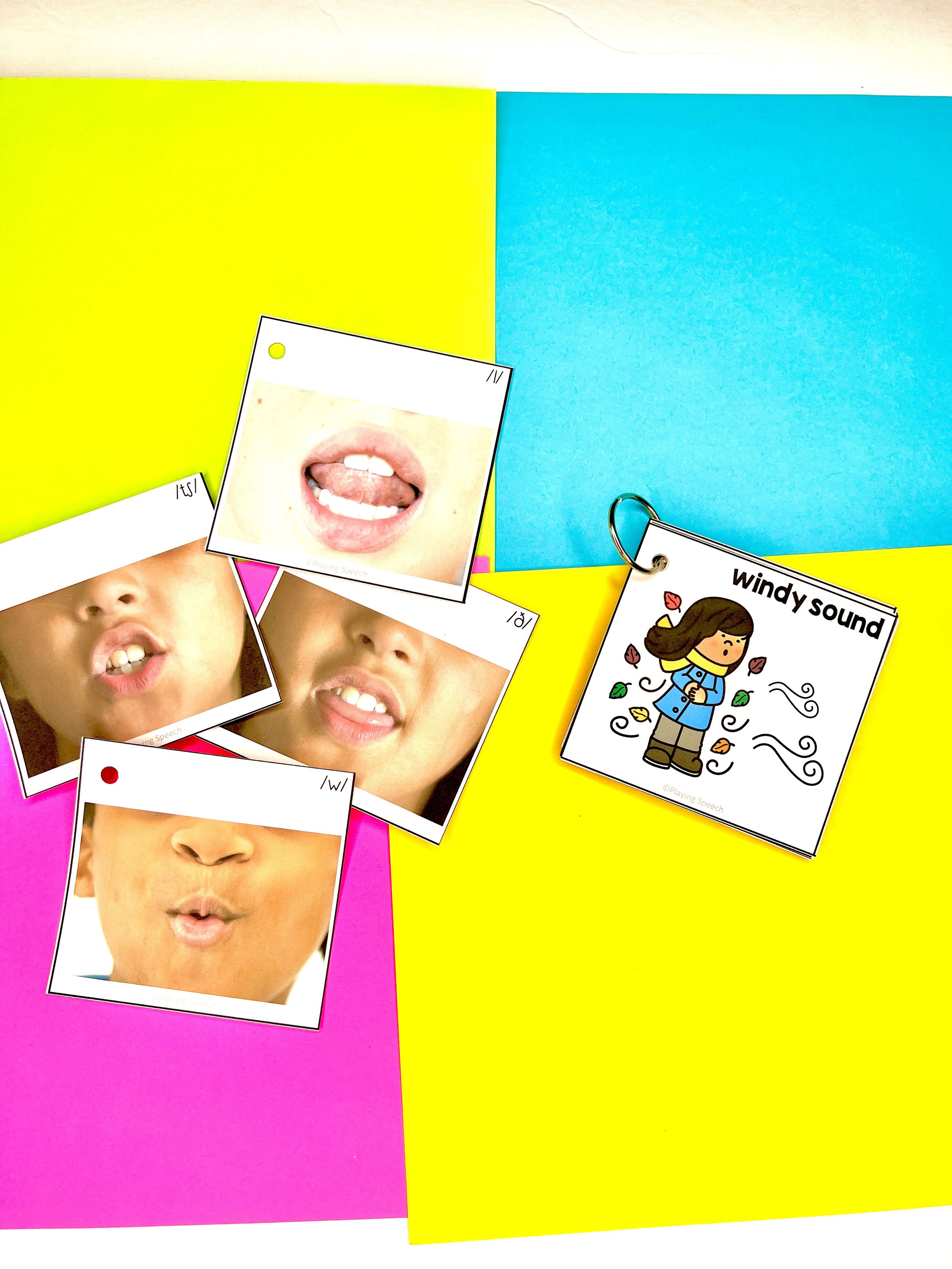Visual Cue Cards for Speech Therapy: Why You Should Be Using Them!
Visual Cues for Speech Therapy
Incorporating visual cues into your speech therapy sessions can significantly enhance the effectiveness of your sessions. Visual cue cards are powerful tools that provide visual support to aid speech sound production, and using visuals of REAL-LIFE mouths can offer even more advantages IMO. Let’s talk about the importance of using visual cue cards in speech therapy and explore how they can help your clients make more accurate speech sounds!
Multisensory Cueing is Important in Speech Therapy
We all know that there are many different types of cues: visual, verbal, tactile, phonemic, semantic…the list goes on! Visual cues are especially important when working on speech sound production with children with speech sound disorders. The visual cues provide another modality to support the auditory information. Visuals can help children SEE how to make the speech sounds (instead of just hearing how), thereby making it easier for children to imitate speech sounds.
Why Use Real Life Mouth Sound Cues
To really up your visual cue game in speech therapy, use REAL LIFE mouth models rather than cartoon or drawn representations. Seeing the actual way the lips, tongue, and other facial muscles move during speech sound articulation provides a concrete model for children to observe and imitate. This is particularly important for kids who struggle with imitating sounds accurately or have difficulty coordinating their oral motor movements.
Why are real mouths better? They provide a clear and detailed representation of the ACTUAL precise movements required for specific speech sounds. The real-life visual helps kids focus on the correct placement of their tongue, lips, and jaw…thereby facilitating improved articulation and pronunciation.
Additionally, real mouths seem to be more engaging and motivating for children. The realness of these visuals captures children’s attention and helps to create a connection between the visual representation and the actual act of speaking. I find children are more drawn to real mouths and more readily participate in speech sound practice when using them vs. cartoon mouths.
Use Visuals to Help with Generalization and Home Practice
When you use visual cue cards like those show here, you can send copies home to help with home practice of speech sounds and improve your chances of generalization! It’s important that you keep the visual cues consistent in your session and for home practice so the child automatically understands what he/she is supposed to do! If you want a set that you can download and print off as many copies as you want to send home to families, click here. The bonus of this cue card set is that they use REAL LIFE children’s mouths - not cartoons, not adults, not some abstract concepts!
The also come with:
24 consonant sounds - p, b, m, n, ng, w, h, y, t, d, k, g, f, v, s, z, sh, zh, ch, j, initial r, l, th (voiced and voiceless)
15 vowel sounds - including all diphthongs
6 vocalic R sounds
17 different place, manner, and voice cues
They are a go-to staple in my therapy bag! I hope you like them, too!
Let’s Wrap Up Visual Cues
We all know using multisensory cueing in speech therapy when working on children with speech sound disorders is important. Visual cues are especially important for a child who has difficulty knowing how to move the articulators properly. SEEING how to do it - and seeing it in child-like depictions - holds the child’s attention and help’s them understand exactly what they need to do to make a specific speech sound! So, let me know in the comments if you use visual cues in speech therapy and if you plan to start incorporating real-life mouths!



